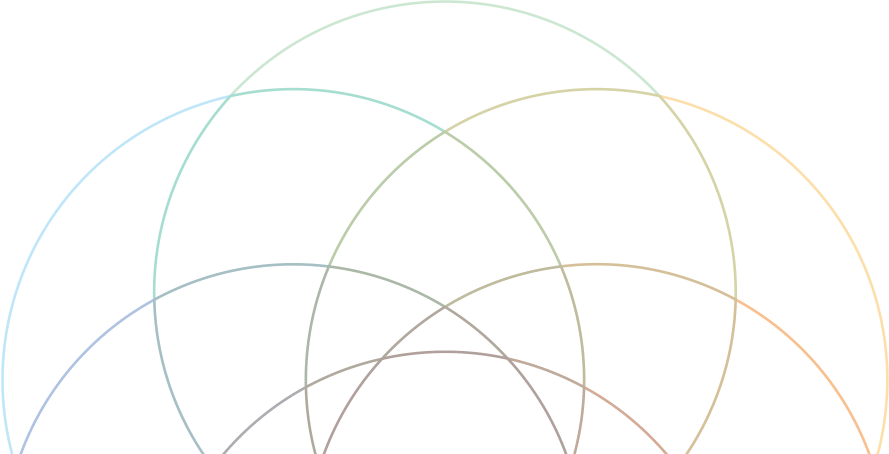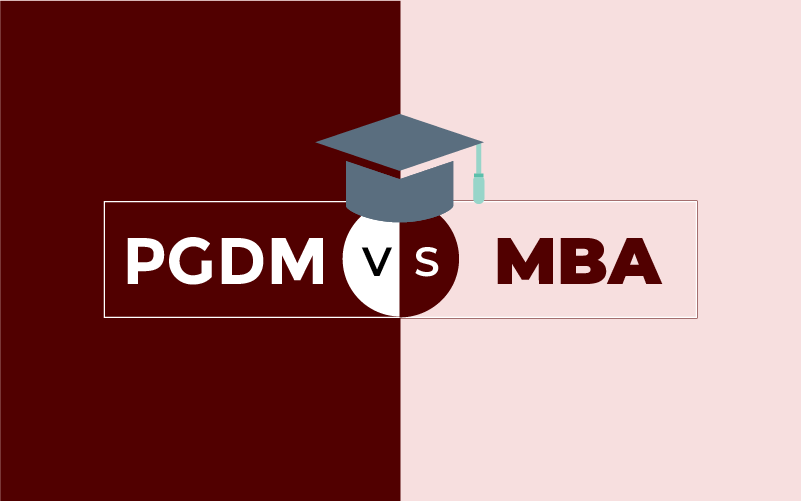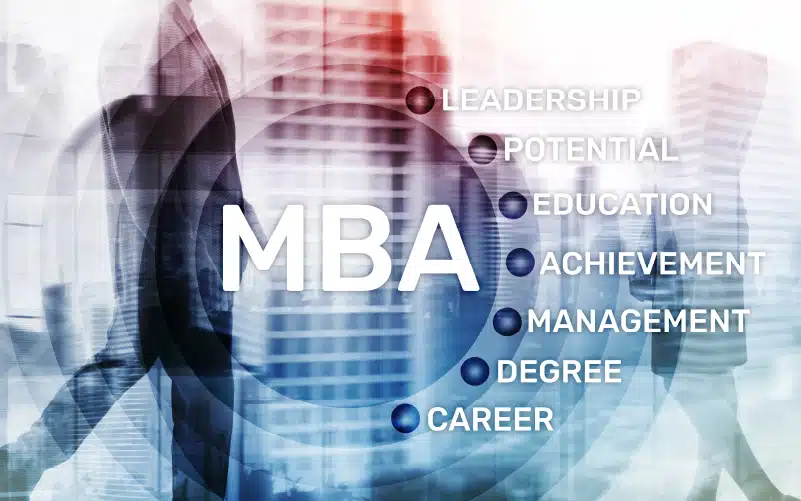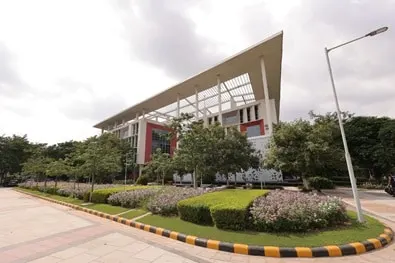Blogs


Top 10 Functions of Human Resource Management

HRM or Human Resource Management is an essential part of any organization.
People or employees of an organization being the most crucial resource of any business, the function that takes care of this resource and is proficient in utilizing them in the best possible way, undoubtedly plays a critical role.
HRM is a management function that starts before the entry of an employee till the time they leave, that is during the entire employee lifecycle.
From planning, recruitment, training, engagement to payroll, rewards, motivation, administration, development and attrition of employees, Human Resource Management is a function that deals with all these roles.
Unlike raw materials, products or money, human beings are those assets that are unpredictable, have their aspirations, get into conflict, builds expectations and can walk out of the organization anytime carrying knowledge in their heads. Therefore managing human resources is not an easy job.
Human resources as a function in the organization existed even in the 18th century but were merely restricted to transactional works such as policy policing, payroll, documentation etc.
However, with the advancement of management sciences, HRM began to be recognized as a distinct field with strategic capacity.
Frederick Taylor's Scientific Management laid particular emphasis on the importance of workforce and how it directly impacts productivity.
HRM consists of a gamut of roles within an organization. The larger the organization, the more complex and enriched its human resource team is.
More prominent companies with more considerable capital can invest a lot more on this function for better operations and management of its workforce.
Smaller organizations usually have a minor HR team that takes care of the overall range of activities. The different functions in human resource management are as follows:
- Recruitment or Talent Acquisition
- Talent Engagement
- Business Partnership
- Learning and Development
- Performance Management
- Compensation and Benefits
- Personnel filing and documentation
- Disciplinary Committee
- Centre of Excellence
- Policymaking and communication
Functions of Human Resource Management
This list is indicative and not exhaustive, but covers the range of functions under the HRM umbrella.
In addition to these, HRM also performs some managerial functions such as planning and organizing, governance and directing. In order to understand the HRM function better, we need to look at each of these functions and see what they are:
1. Recruitment or Talent Acquisition: For the various requirements of upcoming projects, replacing existing employees or for backfilling open positions, a company needs to plan and hire new employees.
This process of chalking out a hiring plan, search for available talent, shortlisting, interviewing, selection, joining, and induction is done by the recruitment and talent acquisition team.
2. Talent Engagement: Once employees are in the organization, the talent engagement team is their constant support.
They help in motivation, grievance handling, query resolution, policy cascades and internal conflict handling.
Keeping the workforce engaged in the organization is the primary objective of this function. They are also responsible for controlling attrition within the business.
3. Business Partnership: This function is aligned to the business requirements and customizing, developing and capability building of employees assigned to a specific business unit.
Skill requirements, promotions, reward allocation, performance assessment and disagreement resolution about the above points are some of the critical functions performed by this function.
4. Learning and Development: Training need analysis is done by the Learning and Development team based on inputs taken from projects in a company and their business partnership team in terms of how the workforce must be upskilled or trained.
Whether a particular soft skill is required, or a language training is necessary or technical skill upgrade is mandatory.
The Learning and Development team then charts out a calendar based on availability and arrangements of required trainers for the skills.
It also either conducts the training themselves or facilitates such training programs and drives participation.
The Learning and Development function is responsible for upskilling existing employees instead of hiring new employees each time a new skill requirement comes up.
5. Performance Management: Performance management of employees is key to the successful running of the business.
Laying out an appropriate process for performance evaluation, ensuring goal setting of each employee is done by respective supervisors on time, evaluation is done as per set guidelines and proper communication of individual employee's performance to them at the end of a financial year.
There are often mismatch in the supervisor's perspective with the expectations of the employee. In that situation, too, the performance management function intercedes to resolve such issues appropriately and equitably.
6. Compensation and Benefits: The labor cost allocated by an organization for its employees is distributed majorly in the form of payment and benefits.
This function works in silo and confidentiality is maintained in their work as they have access to every employee's pay details.
The compensation team is responsible for creating a wage rate as per industry standards and the company's capital.
The revision of the wage rate happens every year depending on the performance of the business and economic scenario.
7. Personnel filing and documentation: This is a highly transactional work but extremely important from a legal perspective. Every employee's personnel file is maintained in the organization for reference, authorized and obligatory purposes.
More and more organizations are moving towards paperless processes. However, certain documents need to be maintained signed on letterheads as is required by the law of the land.
This function does this documentation work.
8. Disciplinary Committee: Every organization sets its policies based on the country-specific laws. Abiding by these policies is a commitment given by employees at the time of joining.
However, several instances come up when there is a violation. To neutrally resolve such issues, investigate, decide punitive damages, a specialized team with the technical know-how is required which is provided by the HRM function.
An example of such an issue is sexual harassment. In such cases, the disciplinary committee works as per the ICC guidelines to resolve issues and prevent such occurrences in the future.
9. Centre of Excellence: This function is research-based and receives data and statistics from the other features of the organization. An example of the center of excellence function is competency management.
This function researches existing practices in the industry and within the company, receives data from other services and analyzes the gaps which exist in the current set up.
They then chalk out a plan to improvise and present it to the teams who need to execute the plan. In the case of the competency management function, they prepare a competency scorecard based on industry practice, flesh out the scorecard as per the organization's current status, and identify gaps.
They then suggest changes and work out a plan to fit the new scorecard as per the organization's processes.
10. Policymaking and communication: Policies are the backbone of any organization. Without policies, an organization is like a country without laws.
It is not just crucial to graft policies based on common sense, as it is a complex process of devising guidelines as per different scenarios.
Policymakers need to keep in mind the country's laws and ensure that no two policy conflicts with each other.
Policies should not favor one class of employees over others. It should be fair, rational and straightforward.
Most importantly, it should provide guidelines for the executioners to act based on them in times of need. Policies cannot be vague or discriminatory or incomprehensible. Each of these aspects needs to be kept in mind when drafting them or amending the existing ones.
When it comes to managerial functions, Human Resource management plays a vital role.
11. Planning and Organizing: Workforce planning is an important activity done by the Human Resource function. The existing employees, profiling them the skill set wise and creating a plan for the future requirement to fulfill upcoming projects of the business is a crucial role.
The slightest gap created and mistakes make in forecasting or being unable to organize the workforce for the future could result in disastrous consequences for the overall business.
Planning and organizing also come into play when HRM has to design and allocate budget from labor costs to various activities about employees.
The financial resources of a company are limited and the planning for future spend on employees must include rewards, salaries, promotion, welfare activities etc.
12. Governance: Governance is a broad topic and includes multiple activities performed HRM towards the maintenance of the status quo of the business from the employee front.
This includes administration, handling of the disciplinary issue and resolving them, maintaining regulations, and abiding by the labor laws of the land.
Governance also includes formulating an employee-friendly framework for them to contribute to their fullest capability in other words - capability building.
13. Directing: Without proper direction, employees are on a rudderless ship, and that goes wherever the course of wind takes it.
However, for appropriate channelizing their efforts and alignment of the efforts towards the goal of the organization, requires proper direction from management. HRM provides this direction through its numerous initiatives and endeavor.
We hope that this article must have helped you in understanding the deeper insights about the Human Resource management. Do share your thoughts in the comments below.
Trending Blogs
-
6 Most Demanding Engineering Courses in Future (With Salary & Scope)
-
Top 20 High Salary Courses after 12th Science (PCM) 2025
-
Top 14 Career Options After LLB in India 2025
-
12 Fun Management Games For MBA Students
-
16 Prestigious Law Firms in India to Kickstart Your Career
Latest Blogs
-
10 Best Law Colleges in Delhi NCR: Shape Your Legal Career
-
Highest Paying Jobs after BBA in India: Turning Degrees into Paychecks
-
B.Tech. Admission 2025: Your Path to a Promising Future in Engineering
-
The Ultimate MBA Admission 2025 Guide: Turn Ambition into Achievement
-
What Is Liberal Arts Education: More Than Just a Degree
-
Broadening Horizons: Exploring Liberal Arts Subjects
-
BBA LLB Course: Full Form, Admission Process, Fees, Syllabus & More
-
New Education Policy (NEP): Rewriting the Rules of Higher Education
-
Best BBA Colleges in Delhi NCR: Where Future Business Leaders Are Made
-
Top 14 Engineering Branches in India Explained
Related Blogs

The Ultimate MBA Admission 2025 Guide: Turn Ambition into Achievement
Many professionals view the MBA degree as a leading academic path that enables them to progress in business leadership, management careers and entrepr...

MBA vs PGDM: Understanding the Key Differences
With the global business landscape evolving rapidly, the demand for skilled management professionals is at an all-time high. According to a recent rep...

Career Options After MBA: Explore Opportunities in Various Industries
An MBA is a globally recognised master of business administration degree that imparts managerial, leadership, and problem-solving abilities to you, op...

Top Reasons to Do an MBA after Engineering: Benefits and Scope
Are you an engineer looking to fast-track your career? An MBA could be the key to getting new opportunities in the business world. For engineering gra...

Explore the Comprehensive Scope and Impact of an MBA in Marketing
In a world characterised by rapid digital transformation and constant innovation, the role of marketing management has become censorious. With organis...

Lead with Confidence: Why the Executive MBA is Essential in Today’s Market?
Amidst the swift dynamics of today’s global market, professionals face both unprecedented challenges and opportunities. The 21st century has heralde...

